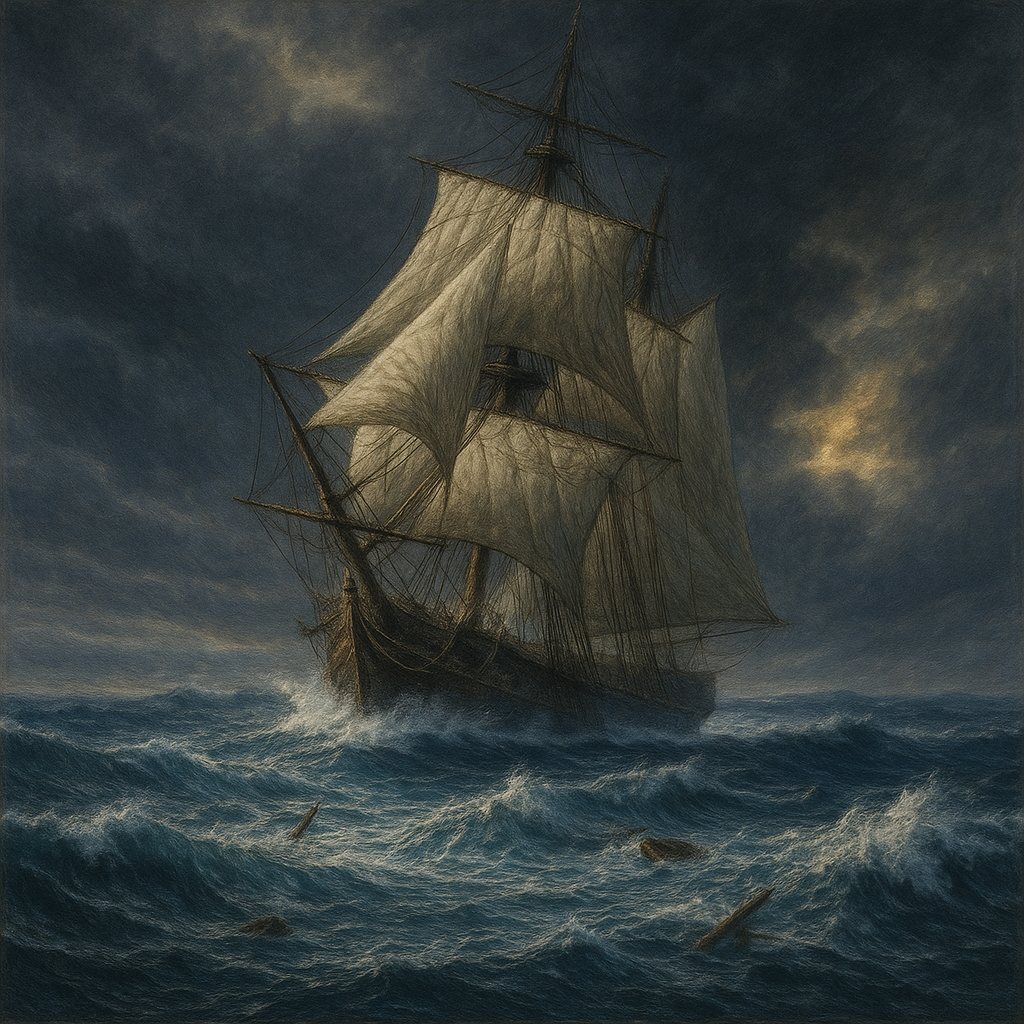The Lonely Return – The Silence After the Battle
The Lonely Return – The Silence After the Battle
Realizm
Historia i wojna
Lead time
Lead time
⏳ Delivery time
The order processing time depends on: the production technique, the drying time of the paints, the size of the image and any hand-finishing and protection.
🖼️ Art print on canvas
-
High quality canvas printing :
- Canvas - synthetic canvas 260 g
- Natural Canvas - 260 g cotton canvas
- Stretching the canvas onto the frame
- Quality control and packaging
Total completion time:
🎨 Oil Giclée Reproduction (print + hand-finished)
-
Giclée print on canvas:
- Canvas premium - natural cotton canvas 360 g
- Pigment print drying
- Hand finishing: texturing and oil painting
- Paint drying (depending on layer thickness, medium type and format)
- Stretching the canvas onto the frame
- Quality control and packaging
Total completion time: –
🚚 Ready-made paintings – shipped within 24 hours
Our gallery has a special category called "Ready-Made Paintings" - these are works available immediately, already stretched on a frame or in a ready-made frame.
- They are 100% ready for immediate shipment
- Safe packaging in a reinforced cardboard box
Shipping takes place within: from the date of booking the order.
Image format: Reprodukcja Oil Giclée
Need a different size? Contact us.
Couldn't load pickup availability
1. Title
"The Lonely Return – The Silence After the Battle"
2. Description of the image
"Lonely Return – Silence After the Battle" is a scene that needs no words—a glance is enough. A mighty sailing ship plows alone through the choppy waves, its sails swelled by the wind, the sea still restless. Debris floats in the water—fragments of wood, echoes of a recent battle we don't witness, yet whose presence is omnipresent. We don't know what the ship has lost, but we know it sails on. This is a picture of survival—of a sail that, despite everything, hasn't fallen.
3. Technology
Oil on canvas. Bold brushwork in the waves and sails contrasts with soft, diffused drybrush in the sky and horizon. Impasto is applied in spots to the details of foam and damage. Layered painting creates a sense of depth, as if the canvas were breathing the same air as the lone sailor.
4. Style
Romantic realism with a melancholic narrative. An aesthetic inspired by the work of Caspar David Friedrich and the maritime power of Turner—combining the drama of nature with the silence of introspection. The style doesn't showcase heroism—it reveals its cost.
5. Colors
Deep navy blues, steel blues, and off-whites dominate. Accents of warm light on the horizon suggest dawn, but offer no certainty—it could also be the last light of the day. The colors of the sails are a faint reminder of peace, while the sea speaks of what has been lost.
6. Invoice
Rich and full of contrasts – heavy in the waves, light in the sky, taut in the sails. The impasto in the tiny fragments of debris gives them an almost physical presence. The brush not only paints but also records – as if documenting a silent testimony of survival.
7. Inspiration
The painting draws on the classic motif of a lonely sailing ship after a storm. Inspired by romantic visions of the sea as a testing ground—for both the ship and the soul. References to maritime literature—from Conrad to Melville—are present here like the whisper of the wind in the rigging.
8. Message and multidimensionality of interpretation
This work isn't about combat, but about what comes after. About returning—not to port, but to oneself. It's a painting about perseverance, about solitude that isn't terrifying but cleansing. About how sometimes the greatest victory is perseverance itself. And that sometimes you have to sail not to arrive, but to avoid sinking.
9. Originality and authenticity
Original in its restraint – without drama, without pathos, but with truth. Authentic because it shows what we often refuse to see: the price of survival. This isn't the hero on the cover, it's the man at the helm – tired, quiet, but alive.
✨ The greatest courage is that which doesn't scream. It only sets sail – once again. ✨
Share


